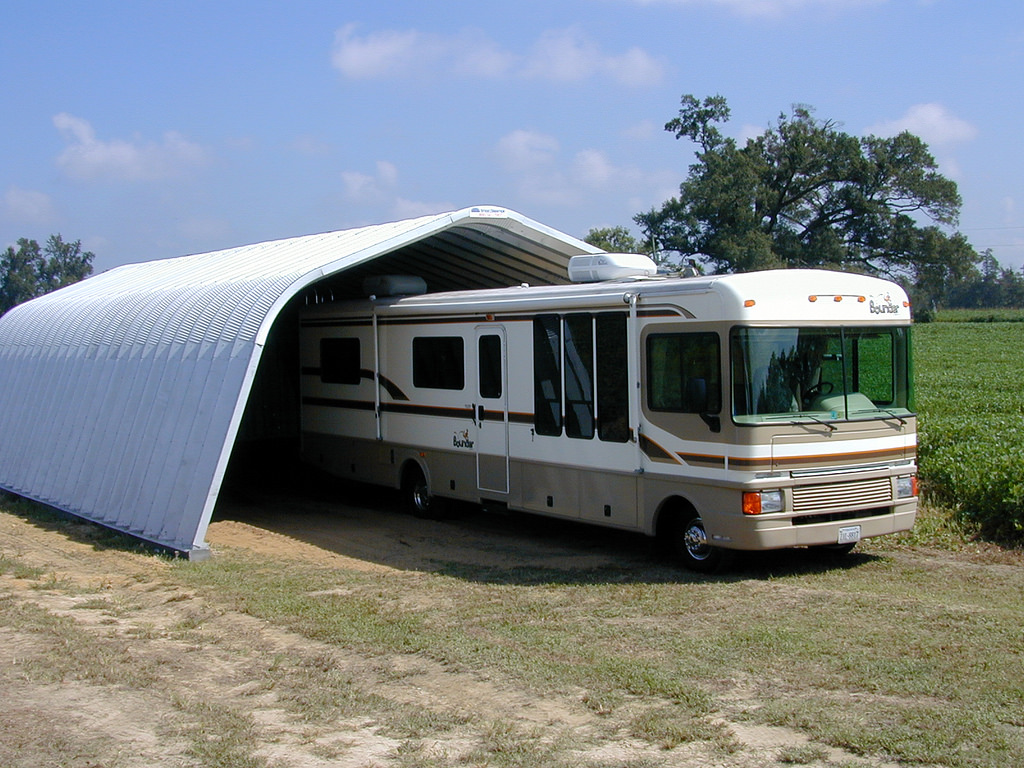If you’re like many RVers, you may not think twice about how to store your RV tires properly. Not taking care of your RV’s tires may cause insidious damage and dramatically shorten their lifespan. Don’t wait for a catastrophic blowout or flat to prompt you to pay more attention to tire storage.
![]()

This guide will help keep the tires on your RV in good shape—during storage and afterward.
Before you choose a place to store your RV, remember to consider the tires on your motorhome or trailer. To get the maximum life out of your RV’s tires, keep them away from the following three things:
While several tire manufacturers make RV-specific tires, they’re all made of the same material: rubber. Protect the rubber on your tires by avoiding the following situations when you park your RV for any length of time: